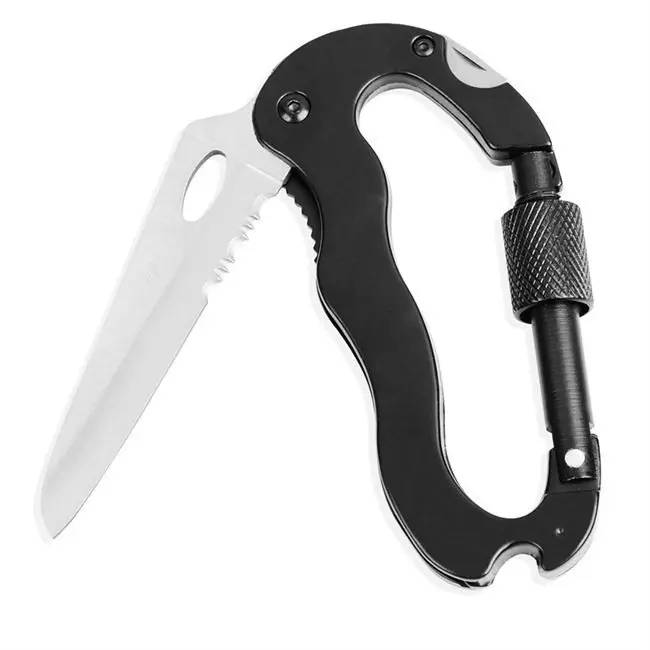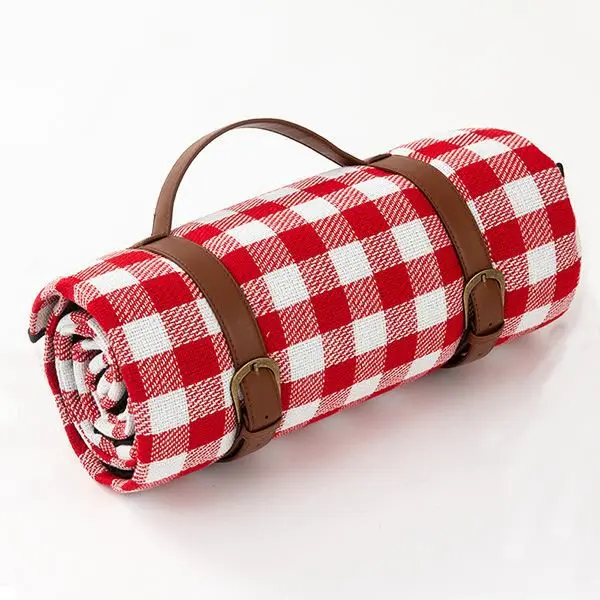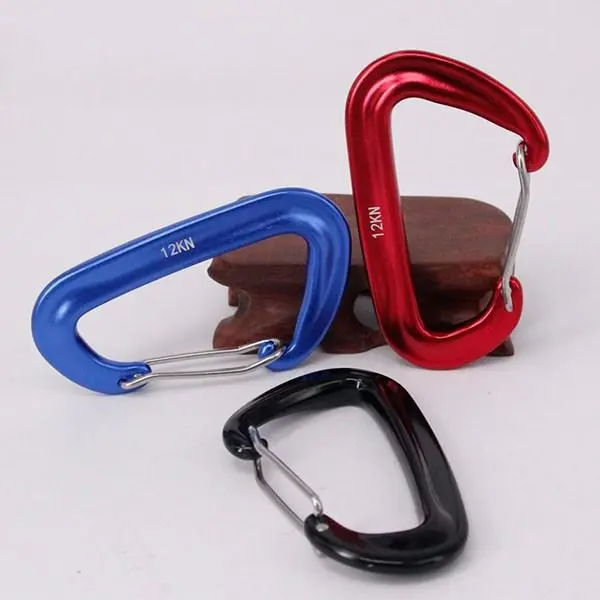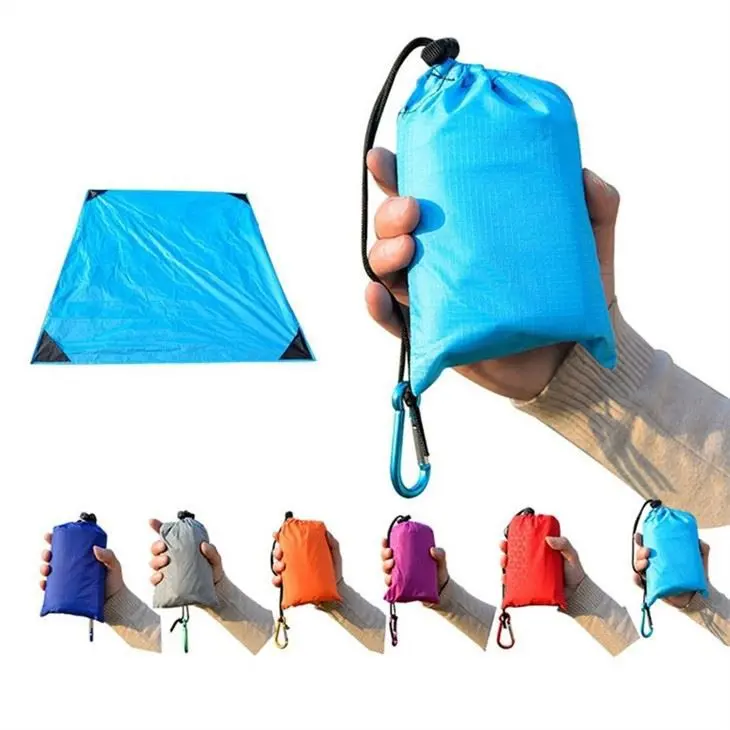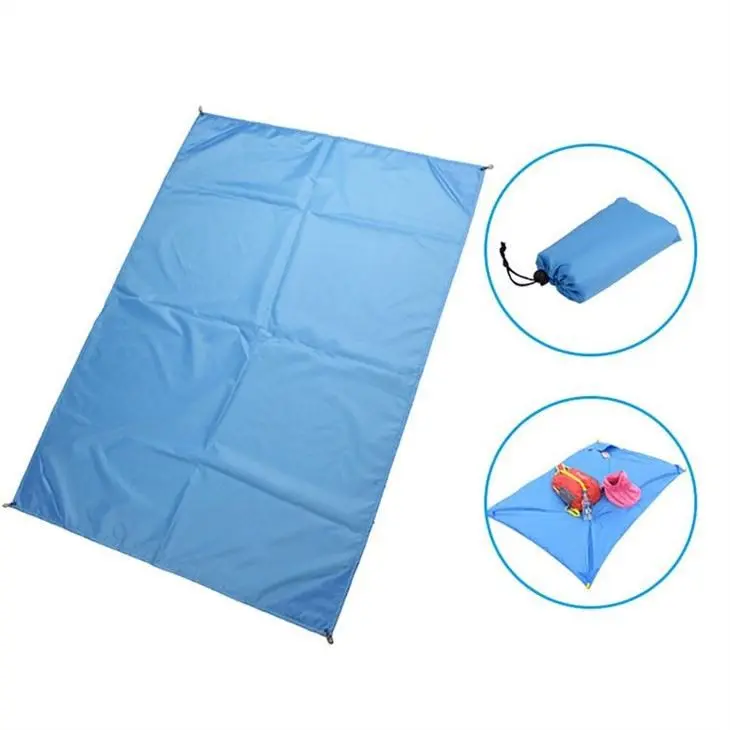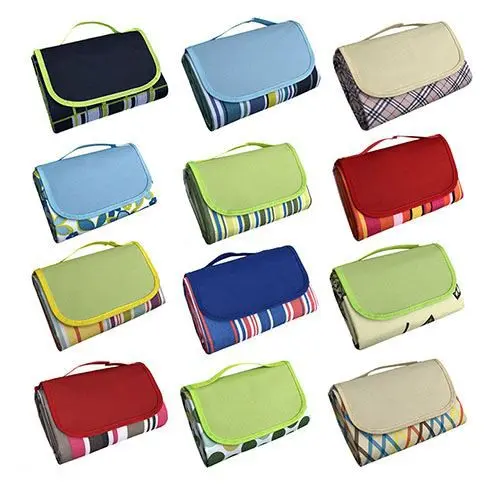The Most Complete Introduction to Outdoor Tents
Outdoor Tent:
A shed for temporary living on the ground outdoors
An outdoor tent is a shed propped on the ground to provide shelter from wind, rain and sunlight and for temporary living. It is mostly made of canvas and can be removed and transferred at any time together with supporting materials.
The tent is carried in parts and assembled only after arriving at the site, so it requires various parts and tools.
Only by understanding the names and usage of each component and familiarizing yourself with the structure of the tent can you set up the tent quickly and easily.
Table of contents:
1 composition
2 brackets
3 categories
4Shop
5 note
6 uses
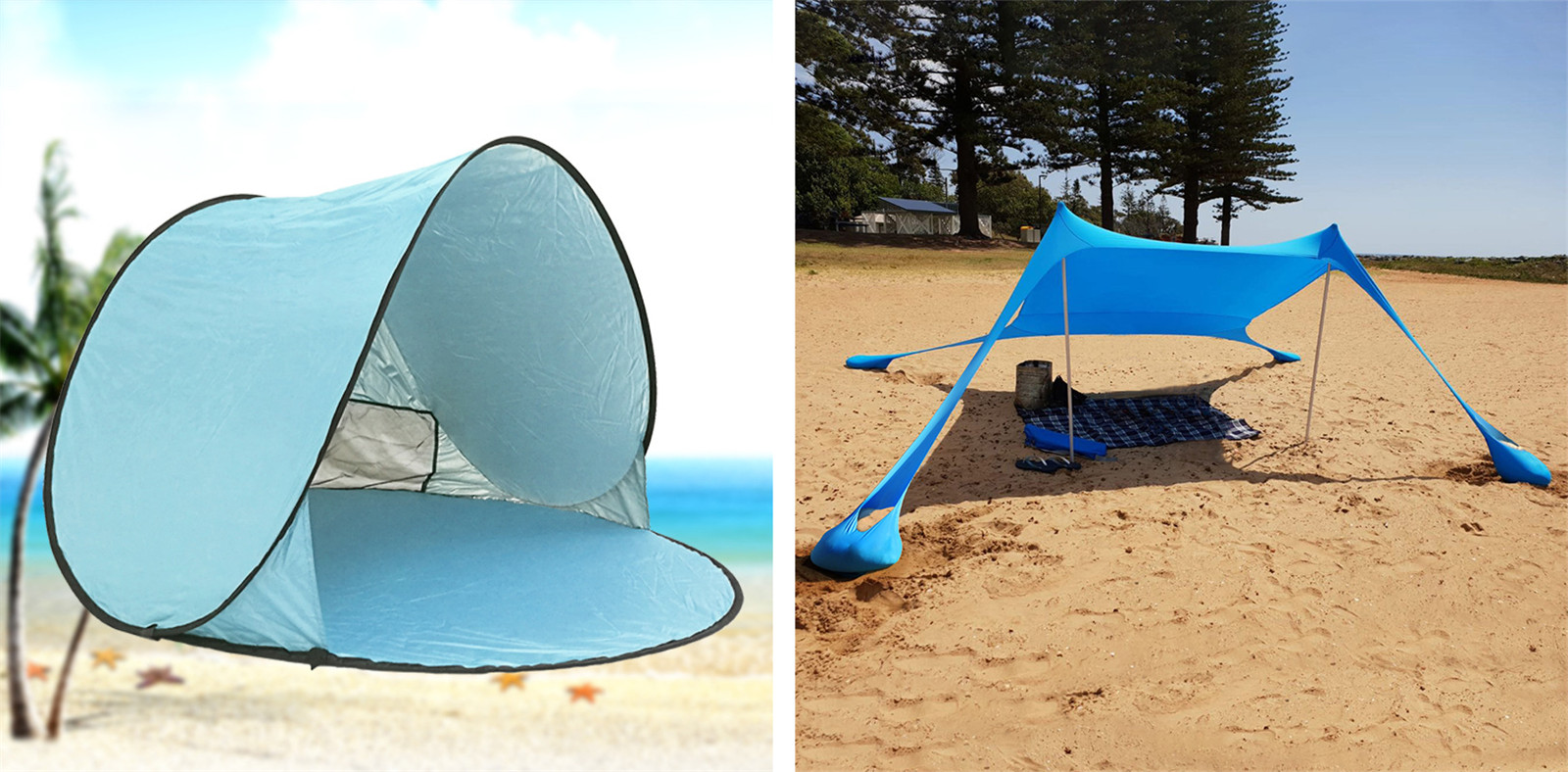
Constitute:
1) Fabric
The technical indicators of waterproof fabrics are based on the degree of waterproofing.
Water-repellent is only coated with AC or PU on the surface. Generally just or game accounts
Waterproof 300MM is generally used for beach tents/sunshade tents or cotton tents used in droughts and lack of rain.
Waterproof 800MM-1200MM for conventional simple camping tents
Waterproof 1500MM-2000MM is used for relatively mid-range tents that need to travel for many days.
Waterproof tents above 3000MM are generally professional tents that have been treated with high temperature/cold resistance technologies.
Bottom material: PE is generally the most common, and the quality mainly depends on its thickness and warp and weft density. It is better to use high-end Oxford fabrics, and the waterproof treatment should be at least 1500MM.
The inner fabric is usually breathable nylon or breathable cotton. Quality mainly depends on its density.
(2) Support skeleton
The most common one is fiberglass pipe, the material is generally fiberglass, the difference is the diameter
Measuring its quality is more professional and important.
Bracket:
Tent brackets come in the following categories:
1. Elastic steel: This type is usually a children's tent or a beach game tent
2. The most common ones are fiberglass pipes in the 6.9/7.9/8.5/9.5/11/12.5 series. The thicker the steel, the stronger the steel and the weaker the softness. Therefore, whether the fiber tube support is reasonable is determined by the ratio of the size and height of the ground. If it is too thick or too thin, it will easily break.
For example: 210*210*130 is a relatively classic size, and tubes are generally 7.9 or 8.5.
3.Aluminum alloy frame: It is relatively high-end, and it is difficult to inspect based on the alloy ratio. Generally, the overall curvature curve of the original bracket is calculated first and then hot-pressed and shaped. Its characteristics are that it is light and easy to carry, and it is not easy to fold. However, if the quality is not good, it will easily bend and deform.

Classification:
1. Divided according to use: leisure tents, camping tents, mountain tents, advertising tents, engineering tents, disaster relief tents
2. The functions according to seasons are: summer account, three-season account, four-season account, and mountain account.
3. Divided according to size: single-person tent, double-person tent, 2-3-person tent, four-person tent, multi-person tent (base camp)
4. According to the style, it is divided into: single-layer tent, double-layer tent, single-pole tent, double-pole tent, tunnel tent, dome tent, semi-double-layer tent...
5. According to the structure, it is divided into: metal bracket tent and Yatu Zhuofan inflatable tent.
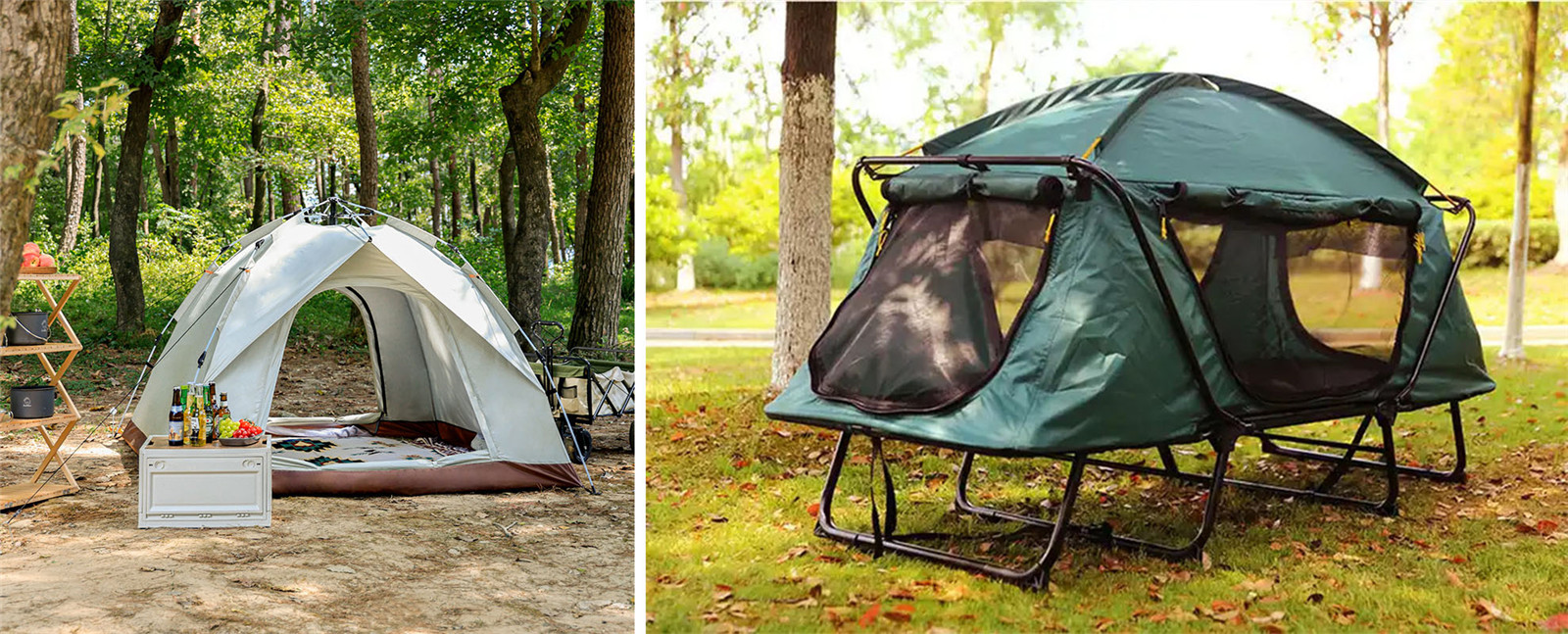
Shop:
Tourist tents should be collective equipment, owned by people who often participate and often have actual needs for use. Newcomers can participate in some activities and then purchase according to their own needs after gaining some experience. When purchasing a tent, you should mainly consider its design, material, wind resistance, capacity (how many people it can sleep), weight, etc.
When purchasing a tent, the main considerations are durability, windproof and rainproof performance. Good three-season accounts include EuroHike series, Holiday, etc. EuroHike is not very windproof due to structural design flaws (of course it also depends on your camping skills). Holiday is a very classic four-season tent, but it has been discontinued for some reason, and most of the ones on the market are fake. Alpine tents are mainly used in winter. There are many brands on the market, a mixture of good and bad, and the marking performance is excellent, but most of them are fake. Fake goods don’t always mean low quality. Sometimes you can still pick out products that offer great value for money. This requires discernment, patience and luck.

Choose to use:
1.The size of the tent. Whether the space provided by the tent is suitable is the most important indicator when choosing a tent. How tall are you? Does the tent provide enough length for you to lie down comfortably in your sleeping bag? Is there enough vertical space? Do you feel cramped sitting in it? How long do you intend to spend in the tent? The longer the time, the more space you need for your tent.
If you go to a cold place and you may have to prepare dinner in a tent, you will need a tent with special vents. Making some hot coffee or instant noodles can make people feel comfortable, but if you use a stove in a tent, there must be enough space in the tent to ensure safety. Tent manufacturers often overestimate the number of people a tent can accommodate. A tent that is rated for 1 to 2 people often means that when one person uses it, it is enough; but when two people use it, all the equipment and food may be thrown out of the tent. This is something you must consider when purchasing a tent.
2.The weight of the tent When purchasing a tent, don’t forget that you also need to take the tent to your camping site. If you are traveling by car, that means you can be more comfortable because you can bring a heavier and larger tent; but if the tent is going to be carried on your shoulders all day, then the weight issue becomes a major issue. Carrying a tent that is too heavy and larger than necessary will only make the trip miserable.
If you only plan to sleep in the tent for a few hours, there is no need to bring a large tent; if you just want to take a rest in the tent, you can bring a cheaper and lighter tent. However, to establish a camping base, it is necessary to transport some large and expensive tents by vehicle.
Some travelers drive to campsites, lakes, seaside and other picturesque and livable places, and live in tents for several weeks. In this case, the tent will feel more like home, which everyone hopes Stay more comfortable and spacious.
Notice:
camp
Try to pitch your tent on hard, flat ground instead of camping on river banks or dry river beds.
It is best for the tent to face south or southeast so that you can see the early morning sunshine. Try not to camp on a ridge or a mountaintop.
At least it should have a grooved ground and not be placed next to a stream, so it won't be too cold at night.
The entrance of the tent should be leeward from the wind, and the tent should be away from hillsides with rolling rocks.
Choose a campsite with good drainage such as sand, grass, or debris. To prevent the tent from being flooded when it rains, a drainage ditch should be dug directly under the edge of the tent roof.
To prevent bugs from entering, spread a ring of kerosene around the tent.
Set up camp
When setting up camp, don’t rush when using camp poles. If you want to complete the erection in the shortest time, sometimes it will cause cracks in the camp poles or loose metal rings. It is best to carry a three-inch-long aluminum alloy pipe as a backup.
Different manufacturers have different designs for camp pegs, ranging from six to eight inches, T-shaped, I-shaped or half-moon, and spiral camp pegs for hard ground, rock or snow. Of course, tree trunks, branches, and tree roots near the camp can also be used as camp nails.
After the camp is built, unused items should be put into the tent cover. If the joints of the camp poles are loose, tape must be used to tighten them. If any part of the tent is missing, the tent will not be able to be combined. If you want to have a good dream in the mountainous area, it is best to pay attention to some joint points, such as corners, camp pillar joints, etc., and strengthen them, so that there will be no problems even in bad weather.
The four corners of the tent should be fixed with ground nails. Before going to bed at night, check whether all fires have been extinguished and whether the tent is securely fastened. Before folding and packing the tent, dry it in the sun and then wipe it clean. During the snow season, you can use snow blocks to wipe it clean so as not to dirty the sleeping bag, or turn the tent upside down to dry it and wipe it clean before putting it away.
Use:
Usage: Used for long/short-term residential use in the field during field inspections, camping, exploration, construction, disaster relief, and flood control.

